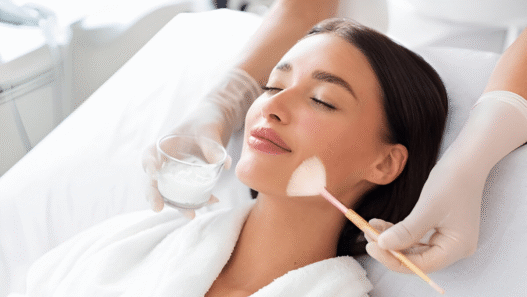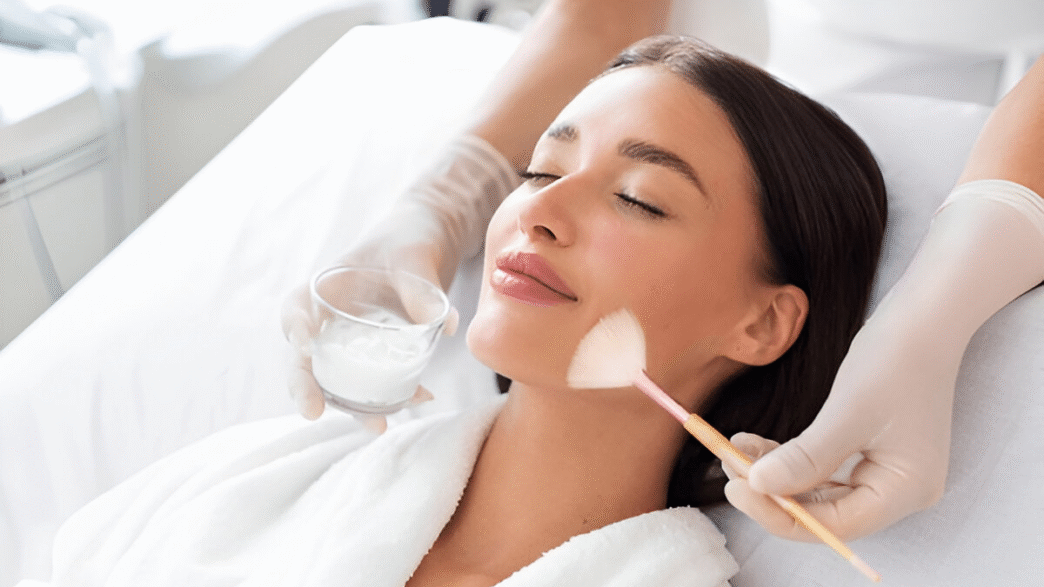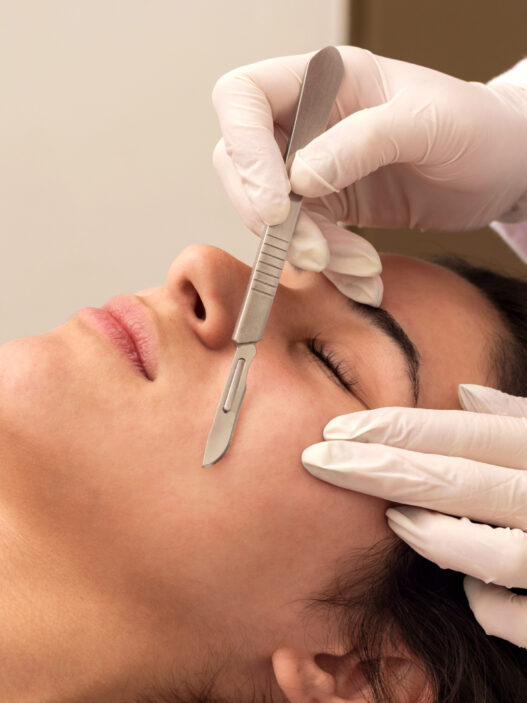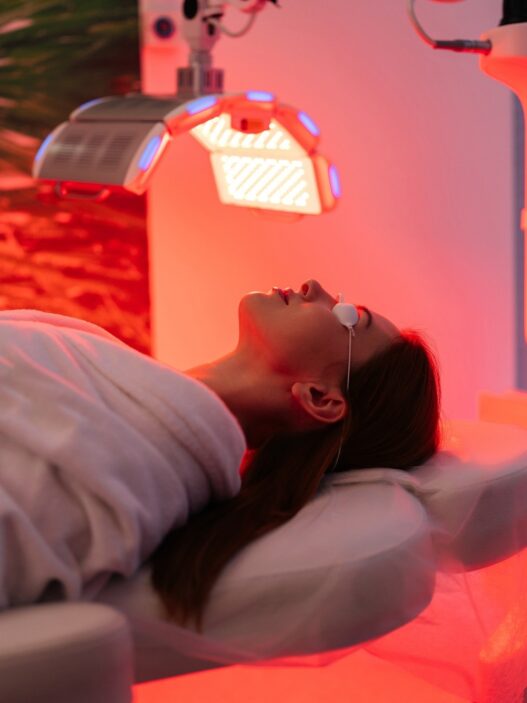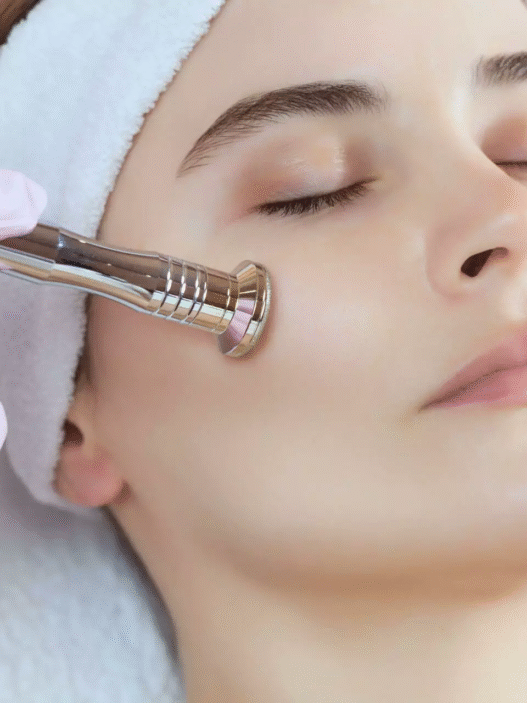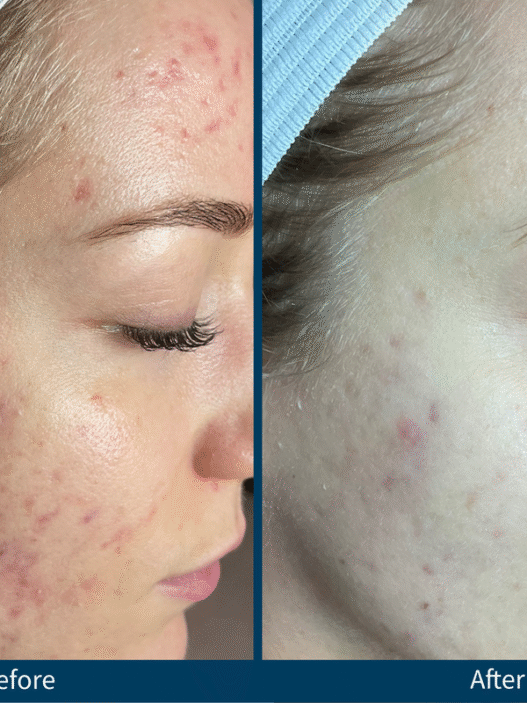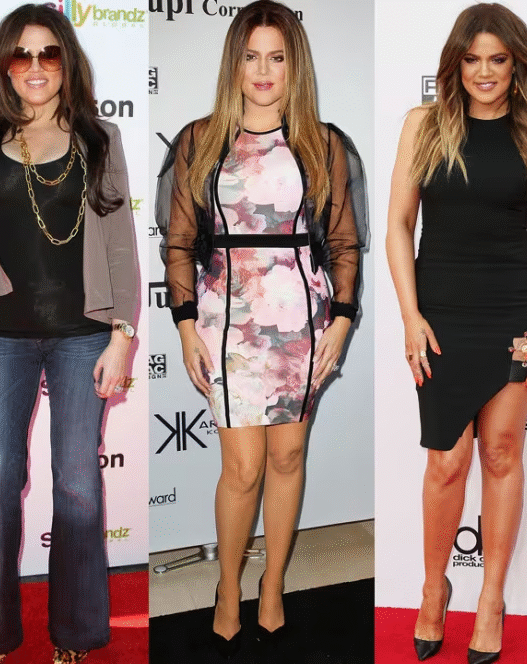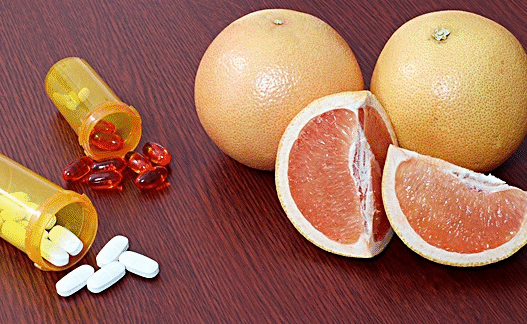Let’s be real – if you’re into skincare, you’ve probably heard people rave about chemical peels. The name sounds kinda scary (like, why are we putting chemicals on our face on purpose?), but chill. It’s not as intense as it sounds. In fact, chemical peels are one of those skincare treatment that can actually change your skin game if you do it right.
It’s basically a fancy facial where your old, dull skin gets gently peeled off (literally), and what you get after is smoother, clearer, newer-looking skin. Sounds nice, right? Let’s get into what it actually does and if it’s worth hopping on the peel trend.
What Actually Is a Chemical Peel?
Alright, picture exfoliating while in expert mode. A mixture of acids, such as glycolic, lactic, or salicylic acid, are applied to your face for a few minutes during a chemical peel.
Dead skin cells are broken down and shed with the aid of these acids. Your skin begins producing new, glowing cells that truly appear alive as soon as that outer layer is removed.
There are different levels of peels:
1. Light peel: For a quick glow and smoother skin.
2. Medium peel: Goes deeper – good for acne scars and pigmentation.
3. Deep peel: Helps with deeper wrinkles and damage, but you’ll def need recovery time.
It feels a bit tingly, maybe warm, but it’s not painful. People describe it like a mild sunburn feeling – short, annoying, but tolerable.

What Chemical Peels Actually Help With
Here’s what people usually get them for:
- Acne and acne scars (bye texture)
- Uneven skin tone or dullness
- Sun damage and dark spots
- Fine lines or wrinkles
- Just wanting that post-facial “I’m glowing” look
Basically, if your skin feels tired or you’re tired of texture, a chemical peel can help reset things.

Things You Gotta Know Before Getting One
Before you go booking an appointment, here’s the real talk:
- You might peel for a few days, don’t freak out, it’s normal.
- Sunscreen is your new BFF afterward.
- Skip retinol and exfoliants for a few days post-peel.
- If you’ve got sensitive skin, talk to a pro first.
- Don’t plan a date or photoshoot right after – give your skin time to chill.
And yeah, don’t DIY this with random acids at home unless you really know your stuff. One wrong move and you’ll end up with a chemical ouch, not a peel.
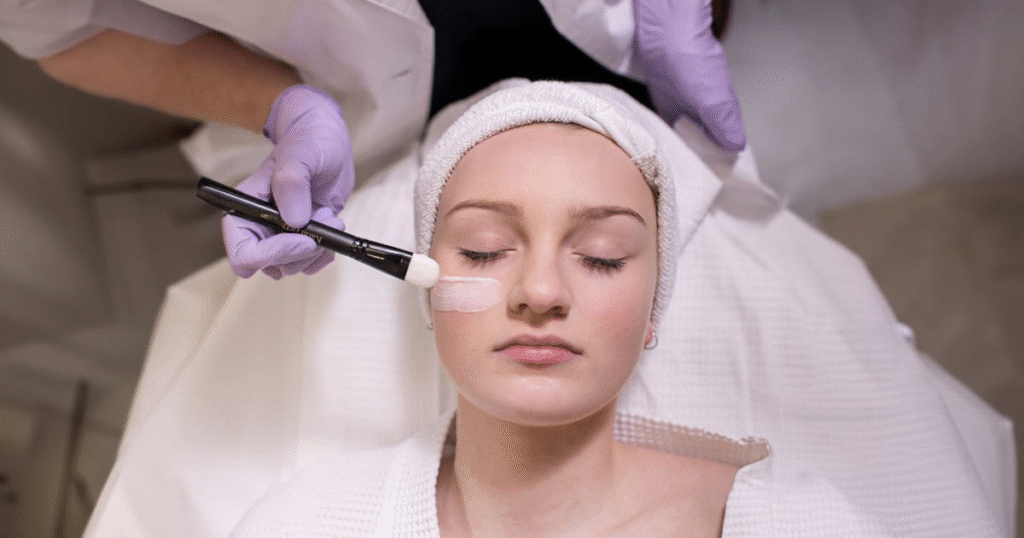
Honest Reddit Reviews
Pulled from Reddit threads where people keep it real
1. “Did a light peel at my local spa. My skin peeled like a snake for three days but when it calmed down — holy glow. I couldn’t stop staring at my skin.”
2. “It was kinda intense for me. The burning was real for a few minutes, but the results were worth it. My acne scars faded a ton.”
3. “Not gonna lie, my deep peel recovery looked scary. Flaky, red, everything. But my skin after? Best it’s ever been. Totally worth the drama.”

FAQs
Does it hurt?
Not really. Feels spicy but not painful.
How often can you do it?
Light peels can be done monthly. Medium or deep ones – maybe every few months tops.
Can you do it at home?
You can, but pro ones are safer and actually work better.
Any side effects?
You might be red or flaky for a few days. Sensitive skin might purge or break out a little.
Is it for everyone?
Most people can get peels, but darker skin tones need to make sure it’s done with the right formula to avoid dark marks.
Final Thoughts
Chemical peels are one of those treatments that sound scary until you actually try one. It’s not a miracle fix, but it’s kinda like hitting the refresh button for your skin. You shed the old, tired layer and get that fresh, healthy glow underneath.
If you’re new to it, start small. Don’t rush for the deep ones right away. Listen to your esthetician, use SPF, and give your skin some love while it heals. Whether you’re dealing with scars, dullness, or just want your face to actually glow, a chemical peel might just be the move.






